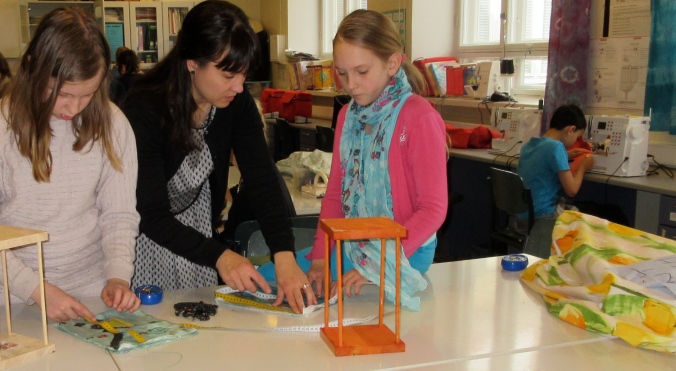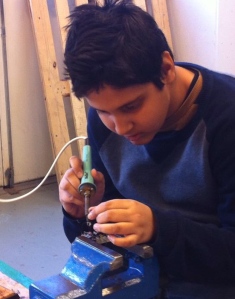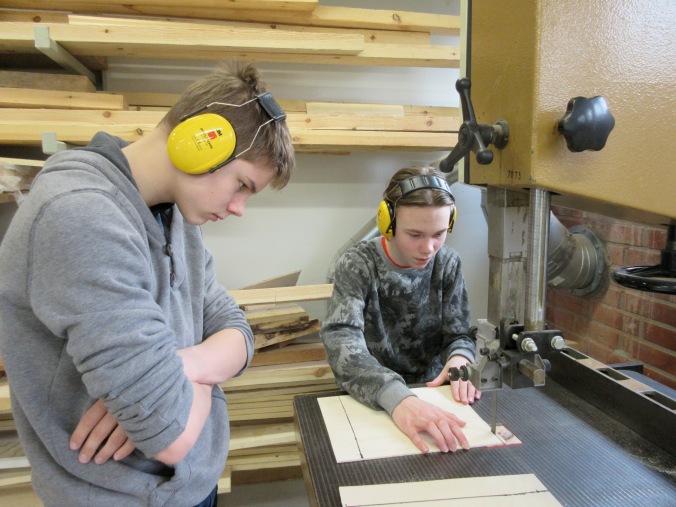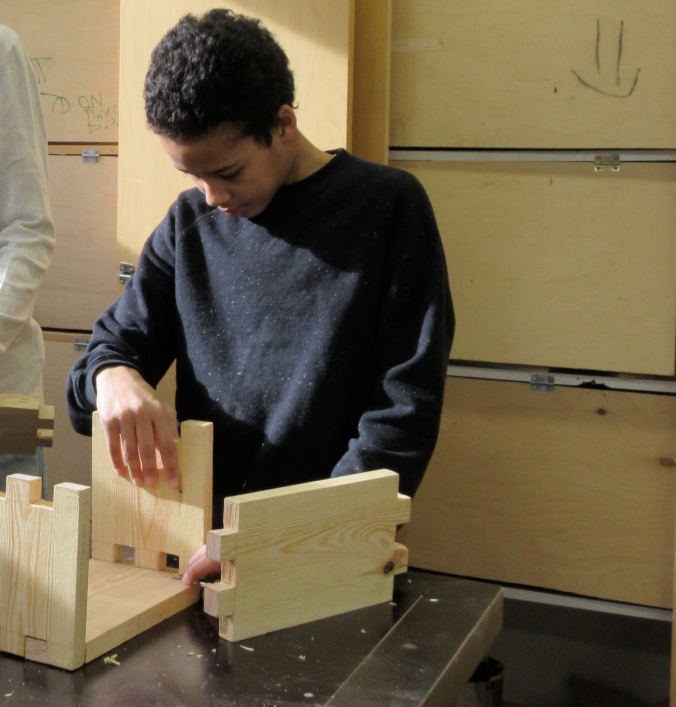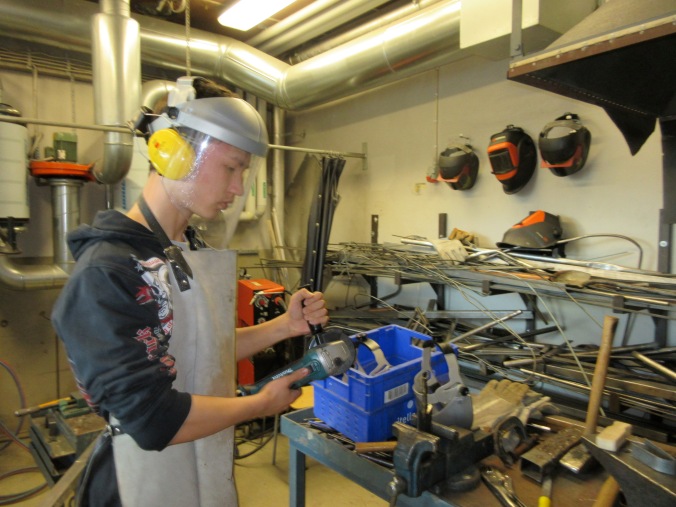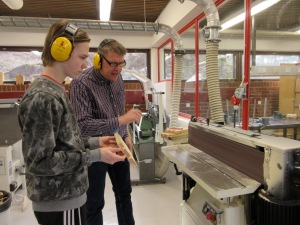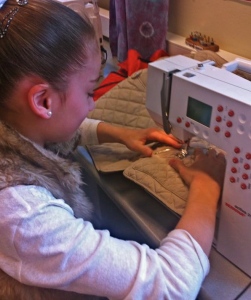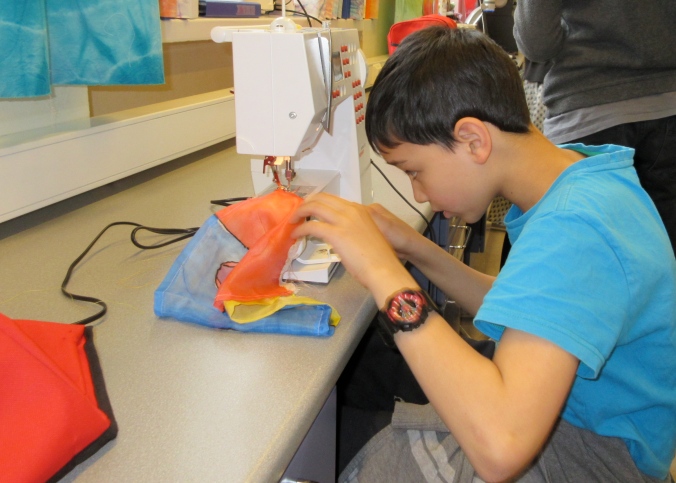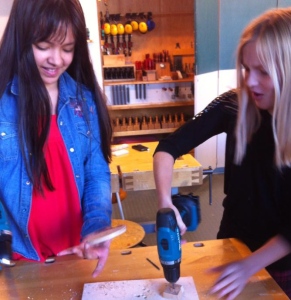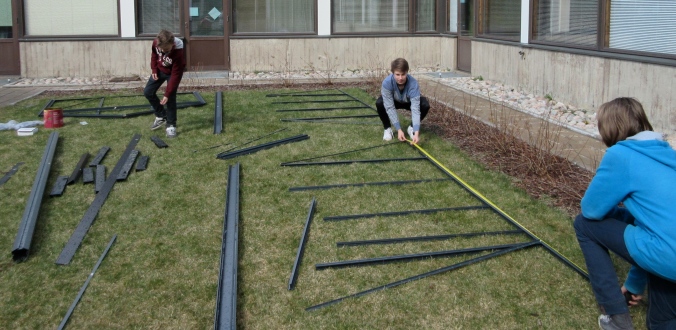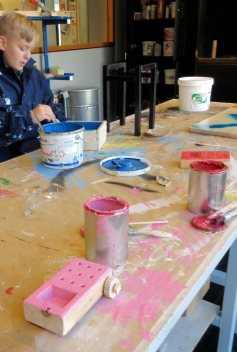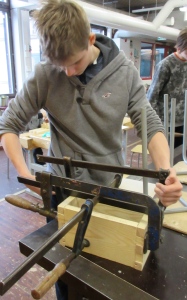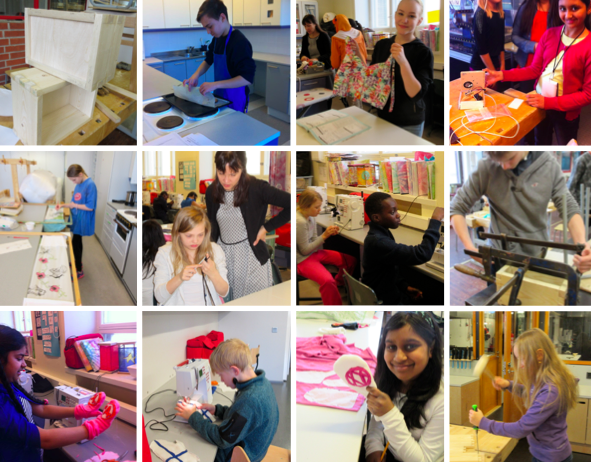
Yesterday was my 30th birthday. I decided a few weeks ago to spend my 30th birthday in Portugal and Spain. Portugal was country number 35 which blew my goal of visiting 30 countries by 30 out of the water!
Anyway, I am having a fabulous 30th birthday trip but I also keep noticing that the other “world travelers” suddenly seem impossibly young.
I watched a shiny new group of travelers at the airport earlier this week. A few years ago I might have joined in on their political discussion or accompanied them on a adventure to see a kid named Zven jump off a cliff. However, as I listened and watched I was suddenly and acutely aware that I no longer fall into the category of 20-something hostel going, dreadlock donning, backpack toting traveler.
That was me for a time (minus the dreadlocks). I did that. I was that. I had the unbelievable fortune of spending a large portion of my 20’s traveling the world. I visited 35 countries, countless cities, numerous landmarks, and have had a lifetime worth of experiences to show for it.
And while I will never stop traveling, my traveling looks different now. I have traded in the hostels for comfortable and cozy Airbnbs. I wear adult clothing, shower regularly, and do not have to worry if a girl named Forest is going to use my toothbrush in the community bathroom. I have traded in my flip flops for professional looking flats and the awkward heavy backpack for sensible rolling luggage.
So, Instead of being the crazy old lady trying to fit in with the cool kids at the airport, I sit back and listen to them with a wise knowing smile. I let them have their youthful moment. My time has passed.
I smile as I watch them go on their way to learn whatever they are going to learn on this adventure. I am glad that I got to experience that in my 20’s and thankful for the lessons I have learned now that I am in my 30’s.
I have learned so much about travel and life and myself in this past decade. I may no longer be a cool youthful traveler, but I now have a new role. I am the wise sagely veteran of the trade and I have some tips for the 20 something Travelers.
My top 5 Tips for the 20-year old traveler.
#1 You don’t have to use a backpack to go “backpacking” through Europe.
Ok. I know that the backpacks with all of the patches look cool. I know that they make you feel like you are a down to earth, granola eating, world loving globetrotter. I know that they differentiate you from the retired couples who are on their 5th Viking Cruise through Europe. But lets face it. Giant backpacks are TERRIBLE. They are big and bulky and painful. Basically they are THE WORST. And they make it difficult (nay… sometimes impossible) to move around the tiny little European shops/ hotels/ restaurants.
Not only are they torture devices designed to leave permanent indents on your shoulders, they are also black holes that swallow up your belongings. In fact packing a backpack always has the following stages:
- Painstakingly spend 20- 40 minutes Rolling/smashing your belongings inside the backpack and tucking everything into all the little compartments and side pockets to “save space”
- Realize you packed something you currently need
- Spend the next 10 minutes groping around in search for said item in the unending abyss that is a travel backpack
- Empty entire contents of backpack onto the floor around you
- Locate said item only to discover that it is irrevocably wrinkled
- Repeat Process
And there really is no need for this painful and frustrating luggage system. Unless you are hiking, or camping, or walking El Camino de Santiago, there is not a reason to tote all of your possessions on your back like a pack mule. All cities and even all little towns have sidewalks or roads that can be used to easily roll your bag to your hostel/ hotel/ airbnb and leave it there.
Use a small carryon sized roller and It stays perfectly controlled at your side the whole time! Long gone are the days where you have to make sure you don’t knock over a display with the 40-pound growth on your back.
Now that I am older and wiser and use rolling luggage I am so much happier and less encumbered with my stuff. Not once since my conversion to the church of the rolling luggage have I thought….Gee….I really wish I could hoist up this bag and carry it on my back right now. I am certain there are no actual benefits to the travel Backpack. Take it from the old 30 year old traveler-Rolling Luggage is the way to go. It may not be as cool, but it is definitely more liberating and so much better for your back.
#2: Leave the fancy camera at home
Unless you are Ansel Adams, leave the fancy cameras at home. They are big. They are bulky. And they are expensive. Therefore they make you paranoid, encumbered and nervous. They are also literally a giant “I’m a tourist Sign” you wear around your neck.
Also, because you have to actually download the pictures onto a computer before you can share them, they often stay on the camera during and oftentimes even after the trip. I have discovered that I never end up doing anything with my “Fancy pictures” and I often regret not having the photos on my phone. No one wants to wait until they get home to post photos. It is more fun to post as you go.
And honestly most of us are not trained to use the manual cameras properly anyway. So, unless you really know what you are doing and are in fact going to do something with the fancy pictures, leave the big bulky cameras at home. Blend in with the locals and just use your phone.
#3 Don’t get an international phone plan. Be present!
Use your phone to take your pictures, but that is it! Instead keep your head up, your eyes open and your heart ready to learn and grow. I have never gotten international phone services. Wifi is so available and prevalent there really isn’t a need to pay for an international plan. And really, as long as you can find Wifi at least once a day- that is all you need. The rest of the time just live in the moment!
There are times international data would be helpful, but honestly, it is much more fun and novel to be unplugged. Perhaps one of the reasons I love traveling internationally is due to the fact that when I travel I am completely unconnected. I’m not constantly checking my phone for emails or updates or likes or new posts. I am truly and completely present in the moment. I am only concerned with the here and now.
Plus going “unplugged” has forced me to become skilled at map reading and navigation. I am not typically the most observant person. I don’t often notice the mundane and I don’t pay attention to my surroundings unless forced. When I travel without a phone or GPS to guide me I have to notice everything or I would be lost. And sometimes I do get lost….and that is ok too! Some of the best things on my travels have come from being lost!
You don’t have to have all of the answers. Sometimes the struggle and the wondering and the figuring it out on your own is part of the journey. So, keep your eyes up off your phone. Stay unplugged and learn to rely on your own intellect, not Siri’s.
#4 Talk to Strangers
Everyone is put in your path for a reason. The best thing you can do while traveling is talk to those around you. You never know what friendships may be forged, what advice may be given or what help may be offered. I can’t tell you how many blessings have come from talking to random strangers on my travels.
Years of traveling alone had done much to improve my deftness of making a certain type of acquaintance I categorize as “stranger friends”. These are random people I have met on my travels. These friendships are sometimes fleeting in length but essential and no less true than the ones formed in more traditional settings and with more natural tenures. And sometimes these friendships have foraged into lasting real life friendships.
I am so thankful for the friends God has sent me during my many journeys. These friends provided me comfort and companionship when I needed them most. And sometimes they provided just the assistance and guidance I desperately needed at just the right moment.
For example, Last night I was alone on my 30th birthday. Yet, in line for drinks on a rooftop bar in Madrid I met another solo traveler. She and I started talking and roaming the city together. We shared a meal and even later on a birthday churro! We had a lovely time. It all started because I turned around and started talking to her. Even if you travel alone, you never have to be alone if you don’t want to.
You travel to learn about the world, and meeting random people is the best way to learn and grow! You never know what truths they can speak into your life-or what truth you are meant to speak into theirs. God sends them to you for a reason.
I have had many stranger friends show up in my life right when I needed them most. You just have to have the courage to look around and talk to people. And while the names of many of these stranger friends escape my memory, their phantom faces often flash across my mind. I wish them well, I thank them for the kindness they showed this random traveler and I thank God for sending them to me.
#5 Go for it! Don’t be afraid to spend your money.
Let me preface this with saying that you should NEVER go into debt to travel. I have never been in debt because of my travel purchases or decisions. I have lived frugally and have learned how to creatively travel on a teachers salary. In fact out check out my blog on how to travel extensively on a teacher salary. I save fiercely for travel, but once I’m abroad I have learned to not be afraid of spending it.
I learned my lesson early on in my travels that it is better to spend your money on the experiences in front of you than to hoard your money and leave with regrets. I call this the Gondola mistake.
The first country I traveled to independently was Italy. Venice was the first city I visited and I didn’t take a gondola ride. The ride would have cost me 40 Euros. I had 40 Euros. I just thought that was too expensive and I didn’t want to waste the money. Looking back now, this seems laughable to me. I was in Venice and I didn’t go on a gondola ride! Really?! For what? Something as common as money?
40 Euros? I’m sad to admit that I have spent that much on a big brunch before. I would not have missed those 40 Euros for one second. Money has come and gone since then. What has stayed was the regret of missing out on a lifetime experience for fear of spending too much money. I now have a desire to revisit Venice in order to have a gondola ride in Venice Italy. And it will most certainly cost me more than 40 Euros to revisit the city.
You see, this experience taught me that sometimes things are expensive when you travel. But if you are there you might as well do and experience what you came there to do. (Within reason).
I often ask myself if my decision to buy or not buy passes the gondola test. First I make sure I have the money. Remember- Never go into debt for travel. Then I ask myself, will I get home and regret that I didn’t spend the money. Will I feel the need to return to do this experience in the future? Will I spend more money on a return trip than just doing said activity now?
If the answer is yes to any of these questions I go for it. I spend the money, because money can be regained. Experiences, once lost, are lost forever. I will never again be able to feel the joy of taking a gondola ride in Venice on my fist day in Italy on my first international trip. So, my advice to the 20 something traveler- Just go for it! You have my permission. Open your heart and eyes for any new or interesting experience and live your life as fully as possible.
The world is so full and so interesting! Take it from the seasoned traveler- The world is an amazing place if you just have the courage to step out your door and look!


